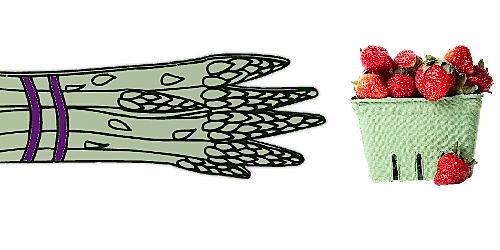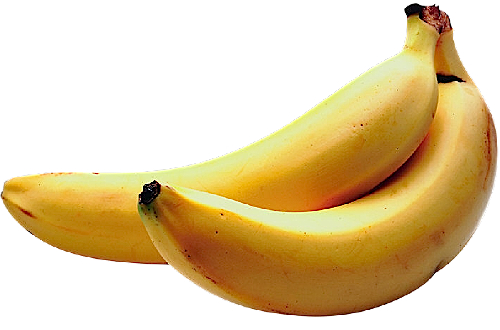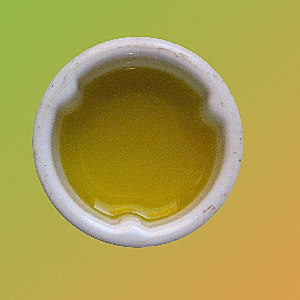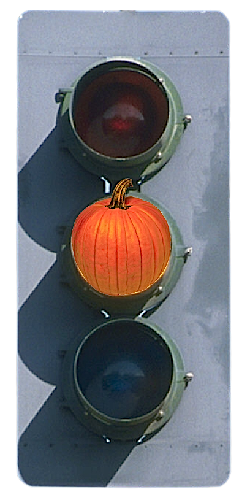Money is a totally meaningless measure of value for many things. Take food production for instance.
From an accountant’s point of view, there is no monetary distinction to be made between a farm growing a thousand pound’s worth of wheat during a crop year and a market gardener’s business growing a thousand pound’s worth of asparagus and strawberries over the same period of time. It is only when you come to live on these harvests that the difference becomes apparent.

Luxury crops such as asparagus and strawberries, or Yorkshire rhubarb, became potentially more profitable when the Victorian railway network suddenly cut the cost of market access, moving delicate products quickly and efficiently. Market gardeners were by definition close to urban centres, but the railways extended the range over which they could sell.
The reason asparagus-and-strawberries is such a common combination is that both crops need a lot of skilled labour to harvest. Having assembled a gang of labourers to pick asparagus, it makes sense to have another crop to follow through and move the workforce from one to the next as the season progressed.
In the case of Yorkshire rhubarb, production is concentrated into an area surrounded by railway lines. Like the asparagus-and-strawberries growers, market access was the key to their profitability.
However, especially given the short seasons for these luxury crops, no-one is going to live on a diet of asparagus and strawberries. We use a different set of values to establish what a sustainable food system might look like and what it would need to produce.





